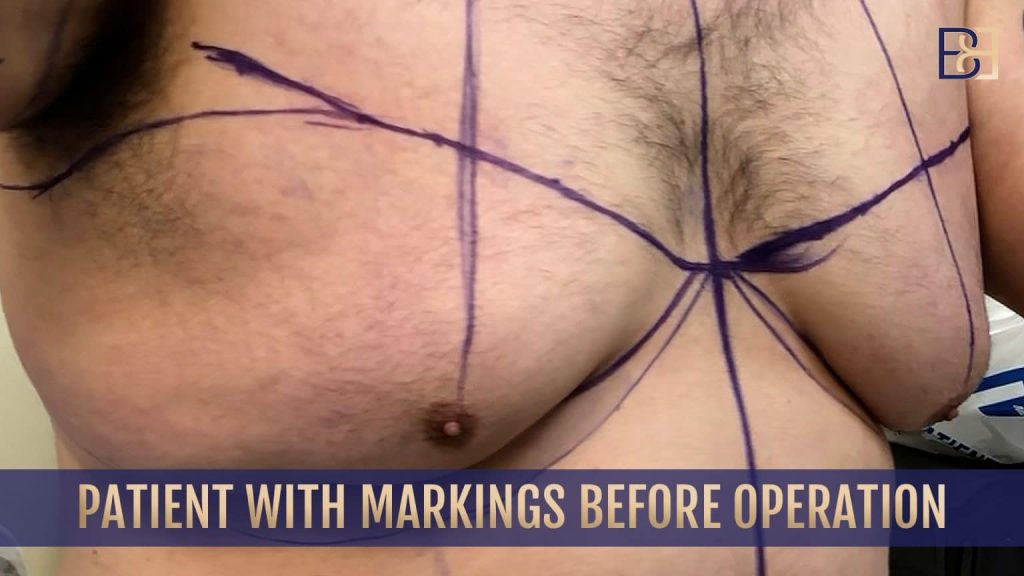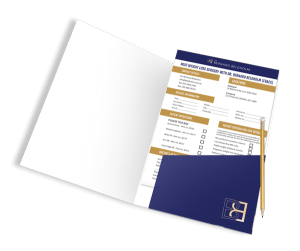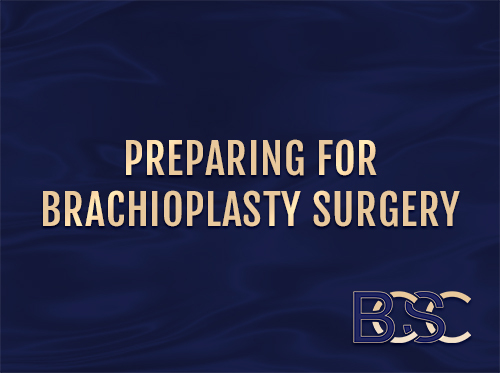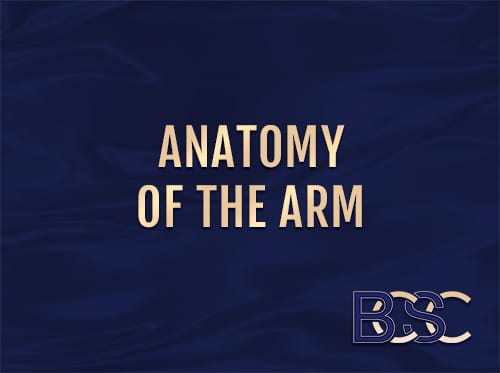Male Upper Thoracic Lift Surgery Guide
After massive weight loss from bariatric surgery, some males develop lax skin in the upper back and chest areas. An upper thoracic lift most often refers to an upper back lift or bra line lift, but may also include a male chest lift. During the procedure, the surgeon removes excess skin and fat to create a more firm, toned upper body contour.
Causes of excess chest/back skin
Many bariatric patients develop loose skin after massive weight loss. Obesity stretches the skin beyond its normal limit; Often the damage is not obvious until the patient loses weight. As the weight comes off, the skin takes on a deflated look that resembles an empty balloon once the fat is gone. Other factors that contribute to skin laxity can include:
- Age
- Genetics
- Nicotine use
- Past pregnancy
- Amount of weight lost
- Prolonged sun exposure
- Length of time spent overweight
- Individual differences in body fat distribution
Why is excess chest/back skin a problem worth treating?
Losing weight takes hard work and dedication. When the reward for these efforts is loose skin, it can be a major blow to one’s psyche. Excess skin can be a source of physical discomfort and embarrassment. Side effects of excess skin may also include:
- Frustration
- Social isolation
- Feeling different from others
- Less desire to be intimate with a partner
- Difficulty shopping for clothes that fit well
- Avoiding certain styles of clothing altogether
- Excess perspiration, rashes, and chafing between skin folds
What is an upper thoracic lift?
A male upper thoracic lift involves surgically removing excess skin and fat on the upper back and/or chest areas. It is most commonly performed on males who have lost a significant amount of weight through bariatric surgery. Liposuction may also be performed during an upper thoracic lift to reduce pockets of back fat and chest fat that resist diet and exercise efforts.
Benefits of upper thoracic lift surgery

Benefits of the procedure may include:
- A flat, masculine chest
- More toned appearance
- Tighter skin on the upper back and sides
- Less discomfort and skin irritations
- Better clothing fit
- Increased mobility
Disadvantages of upper thoracic lift surgery
While tightening loose skin on the back and chest has several benefits, there are some drawbacks to body contouring surgery. For example:
- All surgery comes with risks
- There will be a surgical car
- Elective procedures can be costly
- Mobility is limited in early recovery
- Insurance rarely covers the surgery
- Most patients require two to three weeks off work
Who is a candidate?
The upper thoracic lift may be suitable for a patient who:
- Wants to tighten lax skin on their upper back and chest
- Has met their weight loss goal
- Maintains a stable weight long term
- Is mentally and physically fit
- Does not smoke or is willing to quit
- Accepts that all surgery has risks
- Understands the surgical scar is permanent
- Can take several weeks off work to recover
To learn if an upper thoracic lift is right for you, speak with a general surgeon who specialises in post-weight loss body contouring.
Surgical procedure
The upper thoracic lift is performed under general anaesthesia. The procedure takes approximately three to five hours. The surgeon draws markings and trims away the excess skin with a horizontal incision on the pectoral surface. The upper chest skin is stitched to the rib just below the pectoral major muscle to create the new pectoral fold at the breast base. If the nipple areola complex (NAC) sits too low after the surgeon pulls the chest skin down, it is placed as a free graft on the pectoral surface in the optimal position. The nipple areolar graft is made as thin as possible to prevent necrosis and encourage the blood supply to take. Then the patient is turned on each side to access the bra line and upper back areas. The surgeon removes the excess skin surgically. The incisions are closed with sutures and bandaged.
Recovery
A full recovery can take six to eight weeks. Most patients can return to work in approximately two to three weeks with the exception of physically demanding jobs. Strenuous physical activity and heavy lifting are restricted for six weeks on average.
Patients should start walking from day one as this lowers the risk of blood clots in the legs which can result in fatal pulmonary embolism. Light activity is encouraged throughout recovery within reason. High-impact exercise, upper body workouts, and weight lifting should not resume until the patient is given medical clearance to do so.
How much time do patients stay in the hospital after upper thoracic lift surgery?
An overnight or multi-day hospital stay may be required depending on the surgeon’s preference.
When can the patient shower after surgery?
A limited shower is possible 24 to 48 hours after surgery. The surgeon may advise not getting the bandage or incisions wet initially. Sponge baths may be easier in the first few days. Avoid prolonged submersion in water until the incision heals fully.
Is an upper thoracic lift painful?
The surgery itself has no pain due to general anaesthetic. Every patient experiences different levels of post-operative discomfort. Pain is usually rated moderate to severe immediately after upper thoracic lift surgery. The first week is usually the hardest. Pain medications are prescribed to make the initial recovery period more manageable. The treated areas may feel tender and sore for between four to eight weeks. The extent of skin removal, surgical techniques, prescribed analgesics, and individual differences in pain tolerance can all impact how the patient feels in recovery. In most cases, true discomfort is short lived and the results are long lasting.
How much time off work and driving?
Most patients take two to three weeks off work and driving on average. Always follow the aftercare instructions provided by the surgeon.
When can exercise begin again?
Upper body exercise, lifting weights, and contact sports are generally not advised for six to eight weeks after surgery. As the surgery is tailored to the individual, it is imperative to heed the advice of the surgeon in regard to exercise after an upper thoracic lift.
Results
The male upper thoracic lift gives the upper torso a more toned and contoured appearance after the excess tissue is removed. Full results are visible in approximately six to twelve months as the swelling resolves and the surgical scar matures.
Risks and complications
When performed by a qualified specialist general surgeon, an upper thoracic lift is considered ** for ** patients who follow all pre- and post-operative instructions. All surgery comes with a degree of risk. Minor complications are more likely to occur than serious ones. Possible risks associated with the procedure can include:
- Infection
- Seroma
- Necrosis
- Blood clots
- Hematoma
- Poor scarring
- Nerve damage
- Suture rejection
- Uncontrolled bleeding
- Loss of nipple sensation
- Adverse reaction to anaesthesia
- Undesirable cosmetic result that requires a revision surgery
Other risks are possible. Consult a specialist general surgeon who has experience in body contouring for more information.
Upper Thoracic Lift FAQs
Find answers to common questions about male upper thoracic lift surgery.
How can patients maintain their results?
To maintain a tight skin envelope, commit to a healthy lifestyle to avoid future weight fluctuations. Keep in mind an upper thoracic lift tightens the upper torso skin, however it will not stop the normal skin aging process.
What does the upper thoracic lift scar look like?
The surgical scar varies depending on the site and extent of lax skin. Different surgeons may use different techniques so it is important to discuss the incision they intend to use before agreeing to have surgery. Generally speaking, most patients will have a horizontal scar in the bra line area of the back and/or chest after surgery.
How long does it take scars to fade?
Surgical scar maturation is a process that can take a year or longer. The scar will be dark and raised initially, then gradually flatten and fade to a fine line. Your surgeon may recommend scar gel, silicone sheets, or scar massage to promote optimal scar healing. If you have a history of poor scarring or a family history of keloid scars, let the surgeon know during the consultation process. In the event of poor scarring, laser scar treatments and scar revision surgery may provide a degree of improvement.
Does private health insurance cover upper thoracic lift surgery in Australia?
Top-level cover is usually needed for post-weight loss body contouring hospital coverage. Limitations and restrictions apply. Contact your insurance provider directly for more information.


